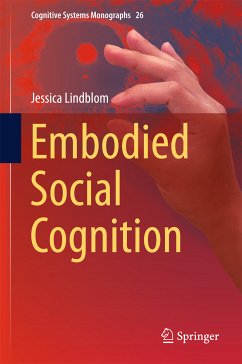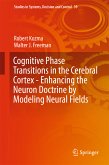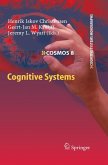This book presents a theoretical framework for the relational nature of embodied social cognition, which is based on an interdisciplinary approach that ranges historically in time and across different disciplines. It includes work in cognitive science, artificial intelligence, phenomenology, ethology, developmental psychology, neuroscience, social psychology, linguistics, communication, and gesture studies.
The theoretical framework is illustrated by empirical work that provides some detailed observational fieldwork on embodied actions captured in three different episodes of spontaneous social interaction and cognition in situ.
Furthermore, the theoretical contributions and implications of the study of embodied social cognition are discussed and summed up. Finally, the issue what it would take for an artificial system to be socially embodied is addressed and discussed, as well as the practical relevance for applications to artificial intelligence (AI) and socially interactive technology.
Dieser Download kann aus rechtlichen Gründen nur mit Rechnungsadresse in A, B, BG, CY, CZ, D, DK, EW, E, FIN, F, GR, HR, H, IRL, I, LT, L, LR, M, NL, PL, P, R, S, SLO, SK ausgeliefert werden.









